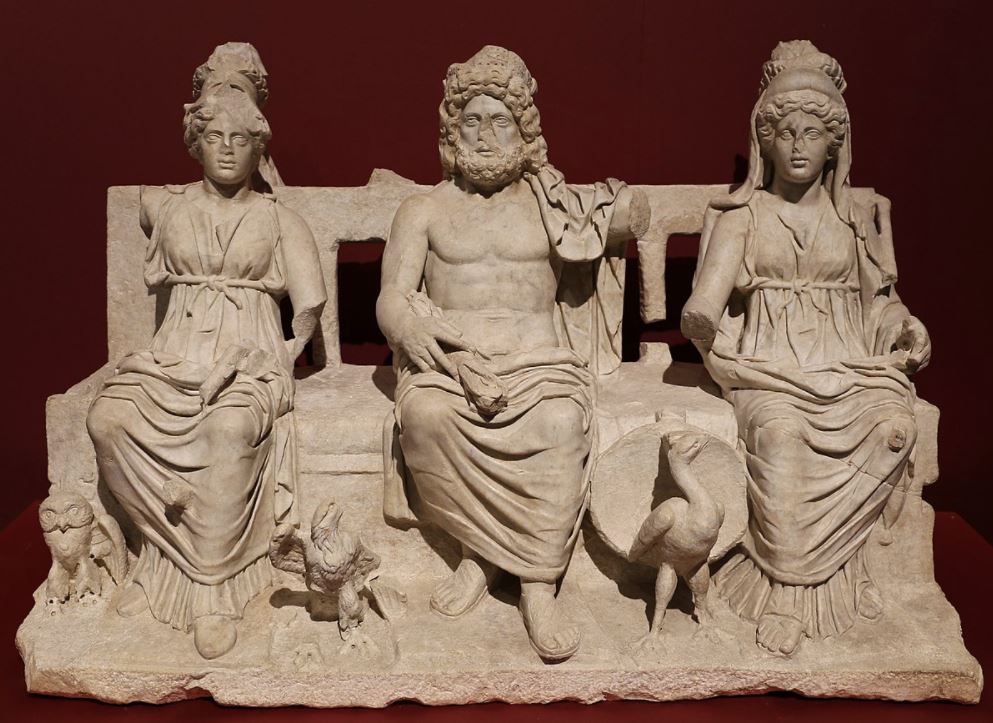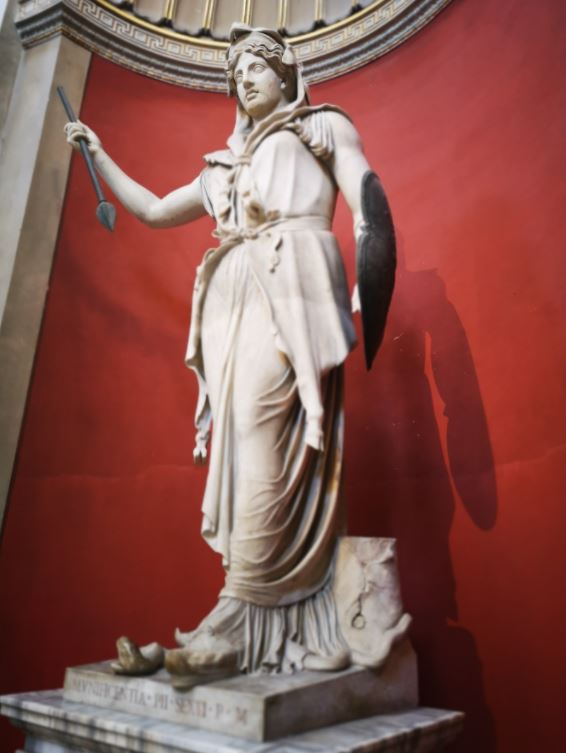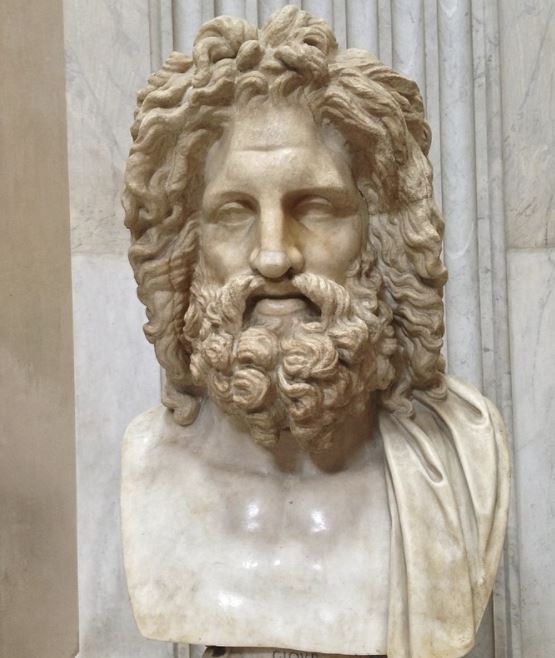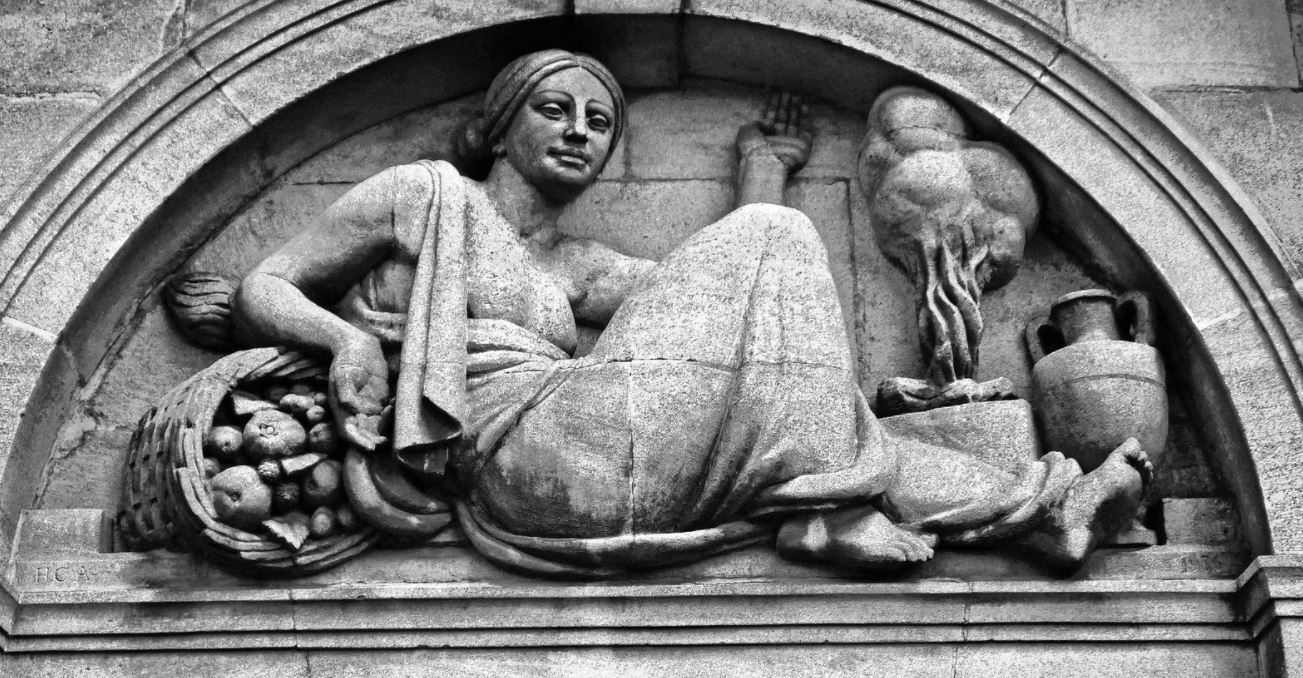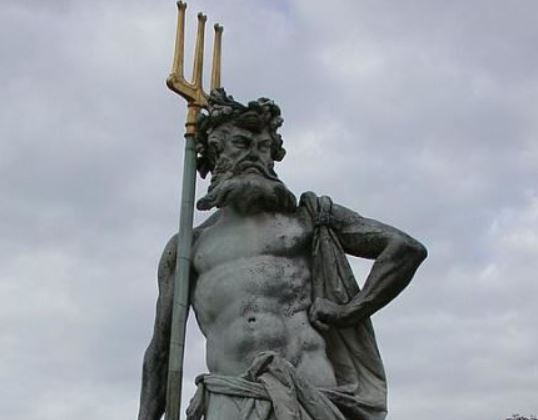Roman Goddess Juno, The Chief Goddess of the Roman Mythology
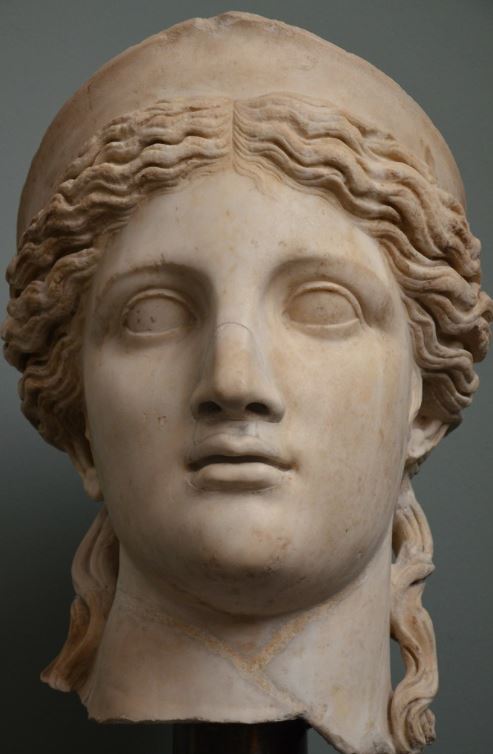
In the ancient Roman empire, the family, childbirth, and marriage were important matters to the citizens of the Roman civilization.
These symbols have such an important role in their lives that they dedicated a deity to these matters. This goddess was called Juno, who is Juno, the Roman goddess of marriage, and a paramount figure embodying the sanctity and power of matrimonial union.
What is Juno the goddess of?
The Roman goddess Juno is among the first gods and goddesses of ancient Rome who is in charge of the women’s lives in the state.
She is considered to be the Roman goddess of family, childbirth, and marriage. Juno’s symbol, which is a peacock, represents her watchful vigilance and her role as the protector of the community.
The geese and the wild fig tree are also considered to be symbols of Juno, reflecting her multifaceted nature and her powers.
Interestingly, the Roman goddess Juno is both the spouse and sister of Jupiter, the King of all the Roman gods, who are both worshipped alongside goddess Minerva, Jupiter’s daughter.
There are many aspects that Minerva governs that sometimes are attributed to the goddess Juno. However, Minerva is well known to be the Roman goddess of wisdom, justice, law, strategic warfare, among others.
Together, the three gods – Juno, Jupiter, and Minerva – comprise the Capitoline Triad, a group of three deities that are worshipped altogether by the citizens of Rome and to whom temples in their honor were built.
The Capitoline Triad formed by Minerva, Jupiter, and Juno
In Greek Mythology, the Roman goddess Juno’s counterpart is Hera, the goddess of love and marriage.
Juno, also the wife of Jupiter, was known for her significant role in the Roman mythology. Hera, her Greek counterpart, is often depicted in a similar vein, emphasizing the importance of the divine feminine.
Roman goddess Juno: Origin of her Name
It is assumed that the term “Juno” meant “the young one” because of her association as the goddess of the new and waxing moon. This celestial connection perhaps implying the idea of growth and beginnings, aligns with her domains.
From the earliest Italian language account, “juwen” meaning young is sourced from the Latin term “iunior” which means young man, and was named in a manner that reflects her youthful and dynamic nature.
Today, the term junior is used as a suffix for the name of people’s offspring that has their exact name, echoing the lineage and heritage aspects that Juno herself embodies.
A statue of Juno, the Roman goddess
History of the Roman goddess Juno
Scholars of Roman Mythology would agree that most of the gods in the Roman Pantheon are easy to describe and have their own domain.
However, this was not necessarily the case for Juno, goddess of family and marriage. Her character is more complex than that of other gods who played a role in the belief system.
Today, it is accepted that the Roman goddess Juno is the goddess of marriage, woman, family, and childbirth paired with the title of the “Queen of the Gods.” Juno, being a multifaceted deity, was also the wife of Jupiter and often represented as the female counterpart to Mars the god of war, highlighting her influence in both the domestic and political spheres.
The goddess Juno has the title “Regina” meaning Queen. The reason why there are numerous arguments on what is really Juno’s role in the Roman pantheon is that at any point in time, she got involved not just with women’s lives, family, marriage, and childbirth, but she also had a role to play when it comes to politics and strategic warfare.
Her involvement in such a wide array of domains underscores her status as perhaps the most powerful goddess within the Roman pantheon.
In a modern depiction of the Roman goddess Juno, she always wielded a spear, on one hand, a shield on the other, and was clothed with a goatskin cloak.
Beside her was a peacock, which is her main symbol, symbolizing her role as the protector and special patron of marriage and childbirth. Juno, like most gods and goddesses, has a multifaceted nature, embodying both the warrior aspect and the nurturing mother, she who brings children into the light.
Even though there are voluminous pieces of literature available about Roman Mythology, little is known as to the exact origin of the Roman goddess Juno.
Ancient etymologies associated with her name suggest that Juno was revered as ‘she who brings children into the light’, highlighting her aspect as a divine matron of childbirth.
She would come with many names throughout history, and as the Roman civilization progressed, her roles and attributes expanded.
One of the most important things to know, however, is her involvement in the Capitoline Triad as discussed earlier, which made her one of the oldest deities of Rome. This triad also included Jupiter and Minerva, symbolizing the core of Roman spiritual life.
Juno goddess powers
Although the Roman goddess Juno had dominion over family, marriage, and childbirth, she is often depicted to be in a warlike stance, an illustration that is often favored upon by Roman soldiers.
This duality illustrates her capacity to both nurture and protect with fierce determination.
Some historic accounts also tell that she is able to summon lightning bolts similar to her husband, Jupiter, and her son Mars, displaying her formidable power and divine lineage.
Here are some of the notable symbolisms when we talk about Juno:
Juno Roman goddess symbols and their meaning
Juno goddess symbol: the geese
These are sacred animals for the goddess Juno because of some anecdotes that these animals were the first to alert Roman soldiers while they were asleep of an impending attack from the Galus by honking and quacking loudly.
The geese not only symbolize vigilance but also the protective nature of Juno over her devotees and the city of Rome itself.
Even when the time came that Romans were in a shortage of food, they kept the geese well fed and healthy to show their devotion to the Roman goddess Juno.
This act of preservation underlines the reciprocity expected in the divine-human relationship, where care and respect are duly returned.
Juno goddess symbol: the peacock
This bird has a strong association with the goddess Juno. Its vibrant plumage and regal bearing symbolize the beauty and dignity that Juno embodies. In one mythological story, Juno was described as an extremely jealous wife of Jupiter. Once, Jupiter fell in love with Juno’s priestess, Io.
Jupiter transformed himself into a dark cloud and descended upon earth to be with Io.
However, the Roman goddess Juno, upon looking down, noticed the dark cloud and immediately knew that that was her unfaithful husband.
Having been aware of his wife’s wrath, Jupiter transformed Io into a white cow for Io to escape Juno’s anger.
But Io could not escape the powers of the goddess Juno as she tied the poor cow and sent Argus, Juno’s servant who had a hundred eyes, to watch over Io without failure.
In this tale, Juno’s determination to keep watch over Io through Argus benefited her, ensuring that her special counselor and servant fulfilled his duty without interruption.
Juno goddess symbols: the peacock, a significant Juno symbol
Jupiter, also known as the husband of Juno, would get the best of Argus when he sent down the Roman god of speed and commerce, Mercury to tell stories to Argus until he fell asleep and closed his hundred eyes.
He would kill Argus during his sleep and free Io in the end. The peacock’s tail, which resembles a hundred eyes when standing up, is the closest real-life depiction of Argus, Juno’s faithful servant.
This act of liberating Io highlights Juno’s complex nature, capable of both relentless pursuit and moments of unexpected mercy, a duality that underpins her mythological narrative. Indeed, Juno powers include not only the typical divine attributes but also a profound connection to themes of loyalty and justice.
Juno goddess symbol: the wild fig tree
Because of the tree’s fruit that bears many seeds inside, this was related to Juno as the goddess of fertility. During festivities, Fig tree branches and their milky sap were offered to the Roman goddess Juno, symbolizing the life-giving essence and iuvenescere – the rejuvenation and renewal that comes with spring.
Juno, revered as the Roman goddess of marriage and a counterpart to the Greek Hera, holds deep symbolic significance in these rituals.
Juno goddess symbols: the fig tree fruit
Just like other deities, the Romans dedicated a festivity called the Matronalia, held in honor of Juno during the first of March.
It is said that Juno gave birth to Mars, the god of war, embodying the strength and protective nature of womanhood, celebrated during this festival. This day, also known as Juno Caprotina, underscored her role as both protector and nurturer.
In the early days, wives would go to their husbands to ask them for money, and they will make it as an offering to the goddess in her temple, a practice that was an integral part of Matronalia.
Additional facts about Juno the Roman goddess
It is interesting to note that the Roman goddess Juno origin is not as specific as other Roman deities. In some accounts, Juno was said to arrive in Rome in five B.C.E.
from Veii, an Etruscan town situated north of Rome. She would be known as Juno Regina or “Queen Juno”. Her epithets and various forms reflect the rich tapestry of mythology surrounding Juno.
A temple was built in Aventine Hill to honor her as the protector of the state. Juno also had the name Juno Sospita, a term coined by the citizens of Lanuvium which is situated Southeast of Rome.
A statue of the Roman goddess Juno
This is the point where she was depicted in a warlike stance as described above.
In addition, she also possessed the name Juno Lucina which means “Light.”
Because she was the goddess of childbirth, it was practiced that every time an offering was presented to her, people made sure that there are no knots tied on the body because it could hinder the successful delivery of a child.
Another name that she carried was Juno Moneta back in 344 B.C., which means “Money.” It was given to her because she was the one guiding the finances of Rome and her temple was built near the Roman mint which manufactured money at that time.
.

